Space stations have fascinated people for decades, but many of the ideas we have about how they operate aren’t entirely accurate. From how astronauts live to the way the station functions, there are plenty of misconceptions. In this article, we’ll clear up 16 common misunderstandings about space station operations and reveal what really happens aboard these orbiting labs.
Contents
Astronauts Float in Zero Gravity
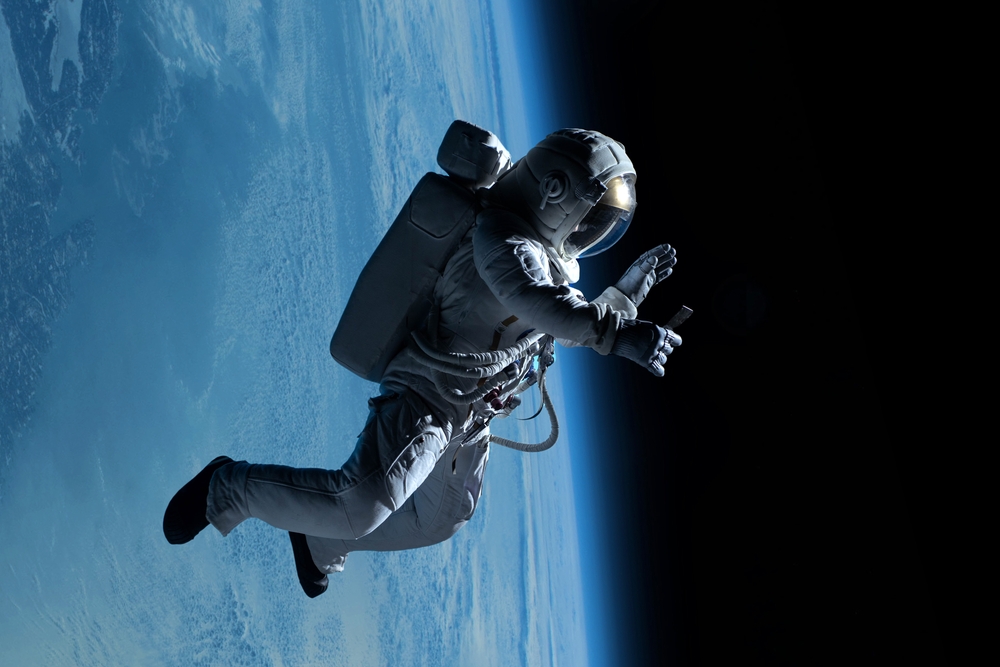
One of the most widespread myths is that astronauts experience true zero gravity aboard the ISS. In reality, they are in a state of microgravity, where the effects of gravity are extremely reduced. This occurs because the space station is constantly falling toward Earth but moving so fast that it stays in orbit. The sensation of floating is due to this continuous freefall, not the complete absence of gravity.
The Space Station is Completely Isolated from Earth

Contrary to popular belief, the ISS is not isolated from Earth. Astronauts maintain daily communication with ground control through video and radio links. Supplies like food, equipment, and scientific instruments are regularly sent to the ISS via cargo ships. Even in emergencies, ground support plays a crucial role, demonstrating that the space station remains closely connected to Earth.
The ISS is Stationary in Space
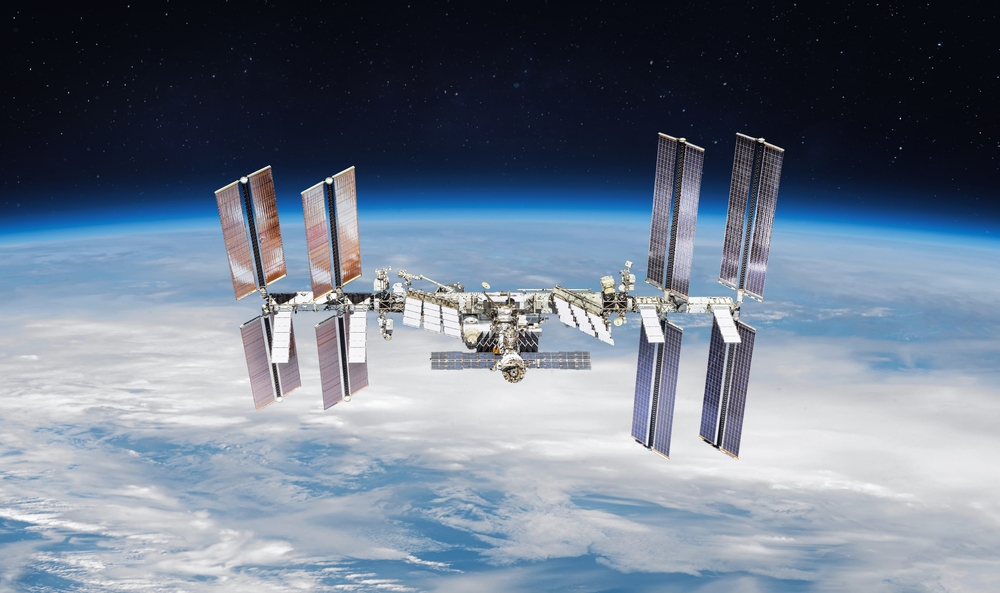
Many people mistakenly assume that the ISS hovers in one place above Earth. In reality, the space station orbits the planet at a breathtaking speed of 28,000 kilometers per hour (17,500 miles per hour). As a result, the ISS completes a full orbit every 90 minutes, allowing astronauts to witness up to 16 sunrises and sunsets per day. Its constant movement is vital to staying in orbit.
Space Stations are Immune to Space Debris

It’s often thought that space debris poses no real threat to the ISS. However, even small pieces of debris can cause significant damage due to their high velocity. To protect the station, NASA and other space agencies actively track debris and occasionally adjust the ISS’s orbit to avoid collisions. Safety protocols are in place to minimize the risk of a potentially catastrophic impact.
Astronauts Live on the ISS for Decades

Some believe that astronauts live on the ISS for years at a time, but missions are typically much shorter. Most astronauts stay for six months to a year, as prolonged exposure to microgravity can have detrimental effects on the body, such as muscle atrophy and bone loss. After their missions, astronauts return to Earth to undergo rehabilitation. Crew rotations ensure a fresh team is always onboard.
The ISS Can Land on Earth Like a Space Shuttle
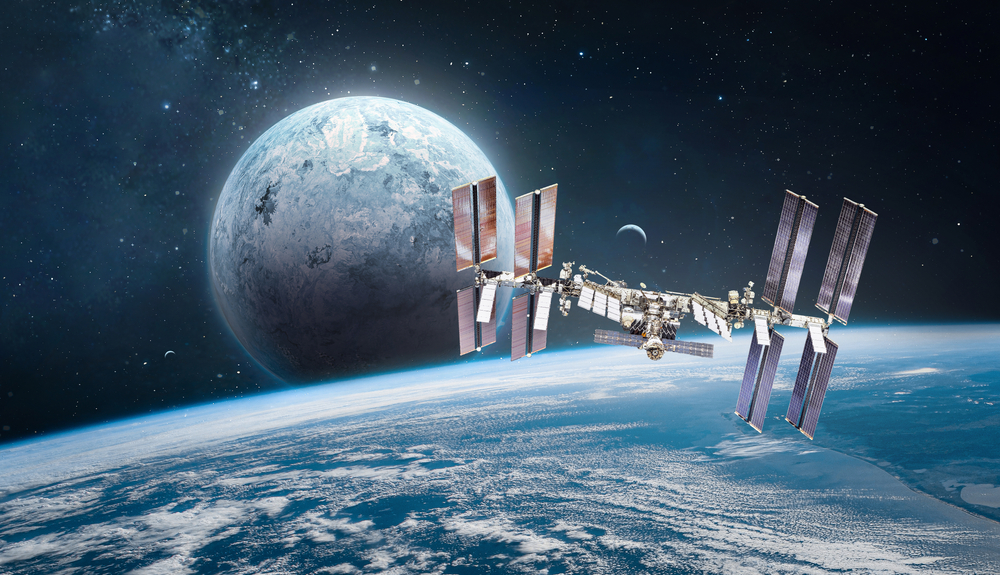
Another misconception is that the ISS can land on Earth whenever necessary, much like space shuttles once did. The station, however, is not equipped for reentry into the atmosphere. Instead, when the ISS reaches the end of its lifespan, it will be deorbited and allowed to burn up in Earth’s atmosphere, with remaining debris likely falling into the ocean. This controlled descent will ensure a safe disposal.
Astronauts Drink Recycled Urine Out of Necessity

Though it sounds unpleasant, the idea that astronauts are reluctantly forced to drink recycled urine is misleading. The space station’s water recycling system is highly advanced, turning urine and other waste water into purified drinking water. This system produces water that is as clean as any found on Earth. Far from a last resort, this recycling method is a smart way to conserve resources in space.
The ISS Operates on Auto-Pilot
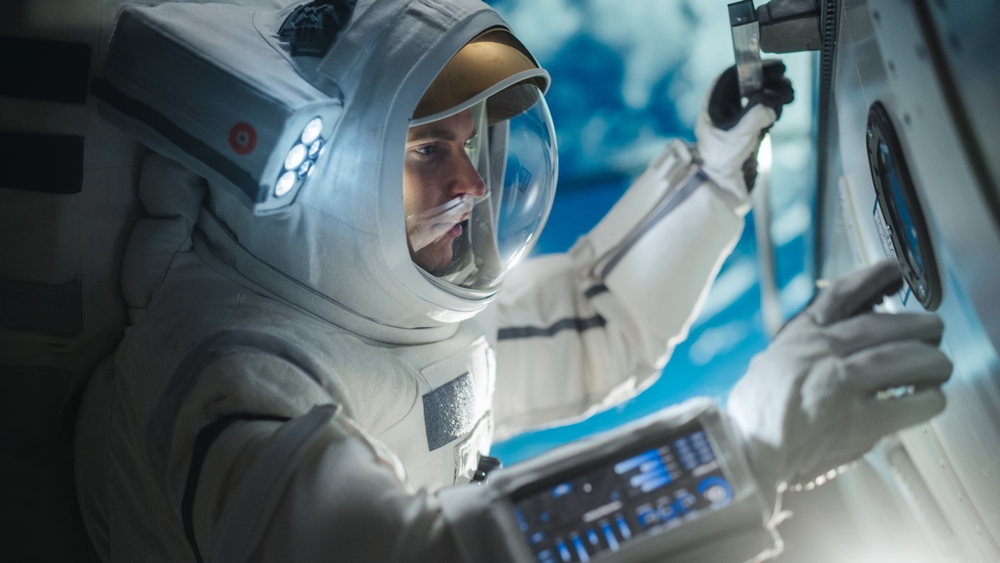
It’s easy to imagine that, once astronauts are onboard, the ISS can function mostly on its own. However, the station requires constant human intervention. Crew members are responsible for conducting experiments, performing maintenance, and monitoring the station’s systems. Ground control teams provide additional support, but human oversight is essential for day-to-day operations.
Space Stations Have Infinite Power
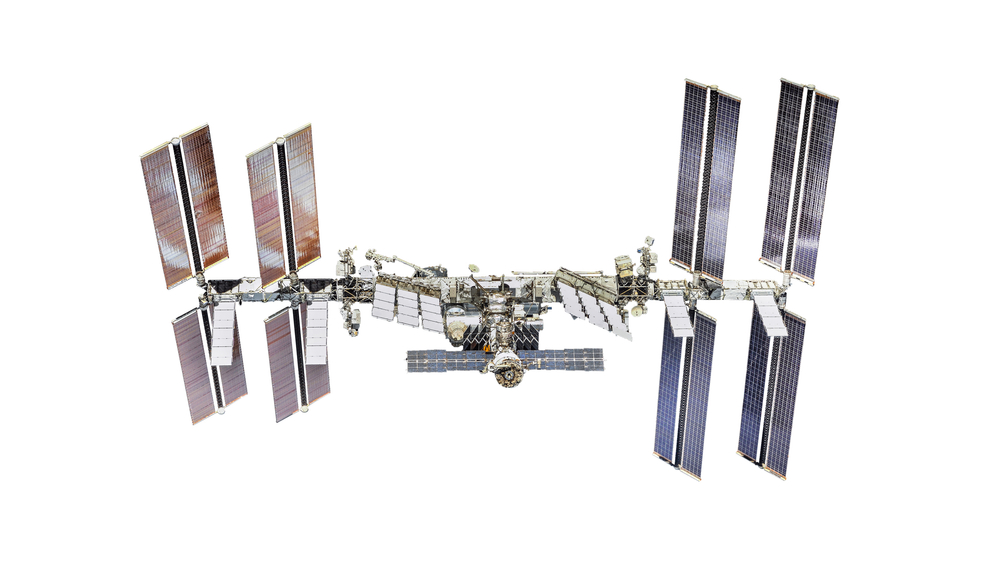
It’s commonly believed that the ISS has unlimited energy due to its reliance on solar power. While the station’s solar arrays do provide a significant amount of energy, power is not infinite. Energy is stored in batteries, and careful management is necessary to prevent shortages, especially when the ISS is in Earth’s shadow. Conservation and energy efficiency are critical for ensuring uninterrupted operations.
The Space Station is an American-Only Project
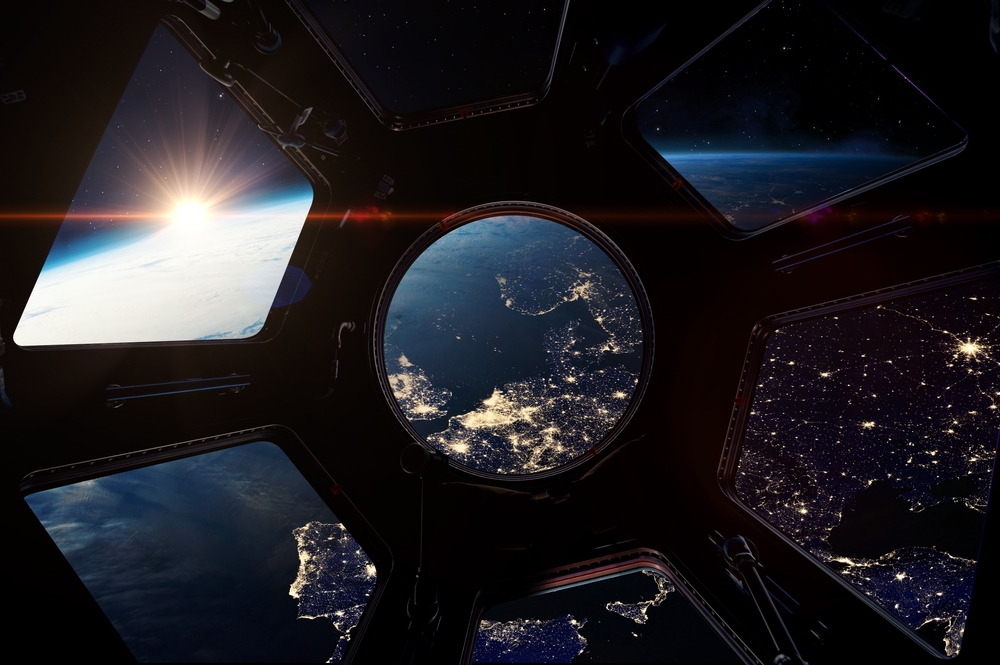
Despite the prominent role of NASA, the ISS is far from a U.S.-only endeavor. It is a collaborative project involving five space agencies: NASA, Roscosmos, JAXA, ESA, and CSA. Each of these agencies contributes funding, technology, and personnel to the station’s success. The ISS stands as one of the greatest examples of international cooperation in modern science.
Life on the ISS is Like a Science Fiction Movie

Some people picture life aboard the ISS as thrilling and action-packed, much like a science fiction film. In reality, life on the space station is far more routine. Astronauts have tightly packed schedules, including tasks like conducting experiments, exercising, and maintaining the station. While the environment is extraordinary, the daily routine is structured and often repetitive.
Astronauts Don’t Feel Time Differences
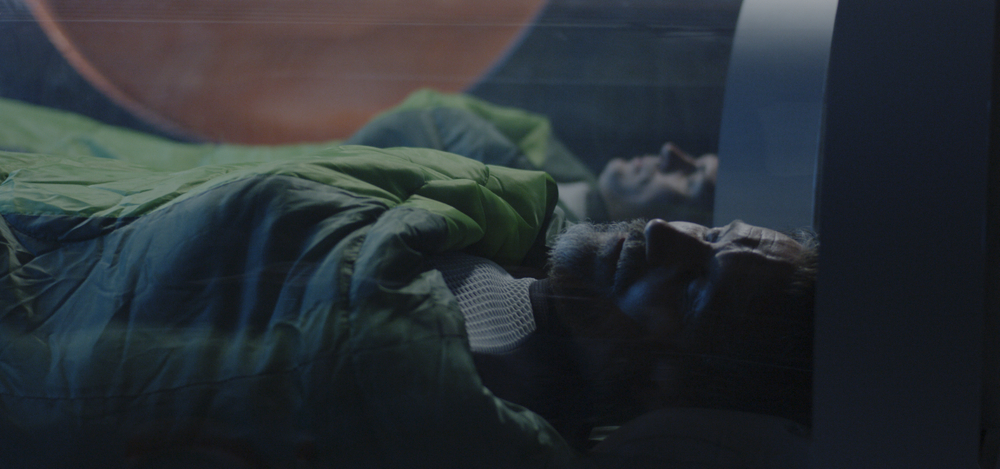
Given that the ISS orbits the Earth every 90 minutes, one might think astronauts lose all sense of time. However, the crew adheres to Coordinated Universal Time (UTC) to keep operations running smoothly. Despite seeing 16 sunrises and sunsets each day, astronauts follow a structured work and sleep schedule based on this standardized time. This keeps everything synchronized with mission control.
Astronauts Are Constantly Doing Spacewalks

Many people assume that astronauts frequently leave the ISS for spacewalks. In fact, spacewalks, also known as EVAs (Extra-Vehicular Activities), are rare and only conducted when absolutely necessary. These missions require extensive preparation and involve significant risks. Spacewalks are primarily done for repairs or equipment installation and are scheduled sparingly to ensure safety.
Radiation Exposure on the ISS is Negligible
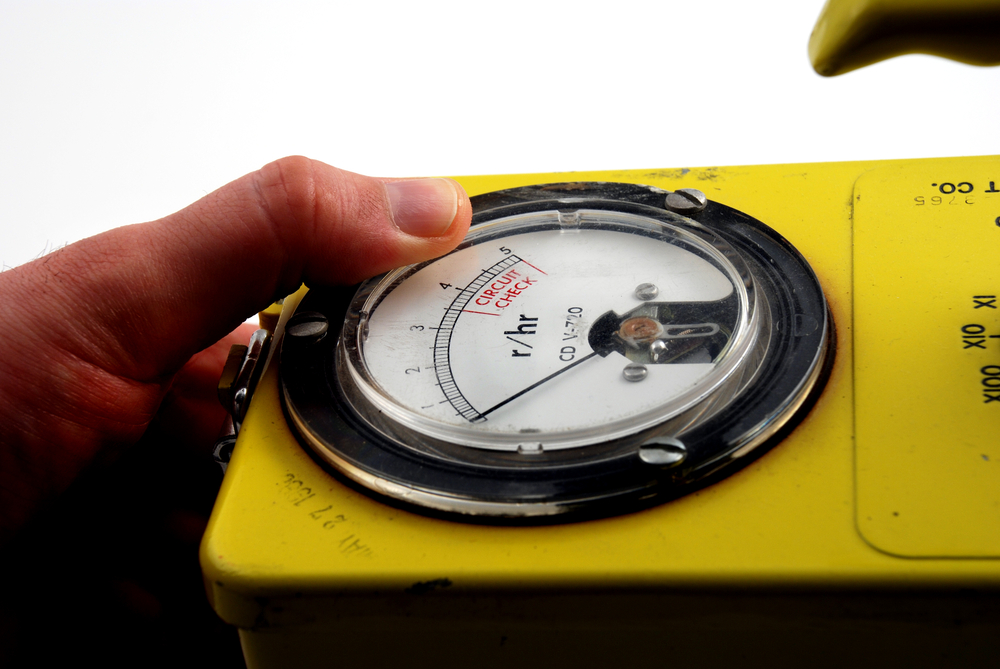
Though the ISS is located within Earth’s magnetosphere, which offers some protection, astronauts are still exposed to higher levels of radiation than people on Earth. This exposure is one of the major health risks of space travel. Space agencies closely monitor radiation levels and limit the length of missions to minimize risks. Researchers continue to study the long-term effects of space radiation on human health.
The ISS Can Function Without Any Humans Onboard
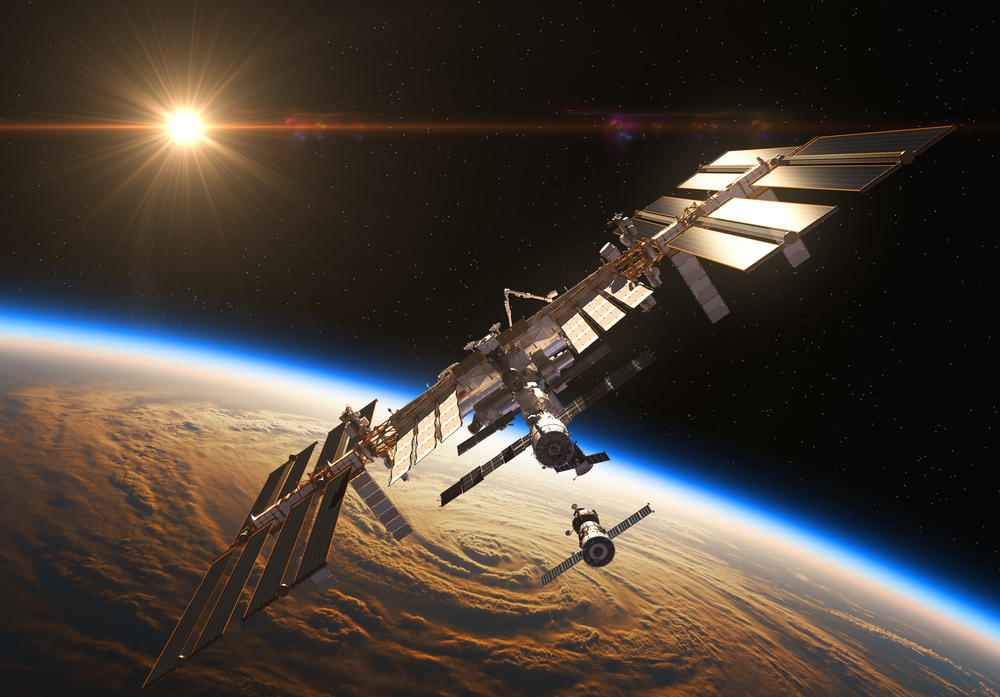
Some believe that the space station can operate completely autonomously. While automated systems handle many tasks, human presence is essential for conducting scientific research, performing repairs, and addressing unexpected issues. Ground control can assist remotely, but astronauts play a critical role in day-to-day operations. Without humans, the station would be far less functional.
Astronauts Don’t Need to Exercise
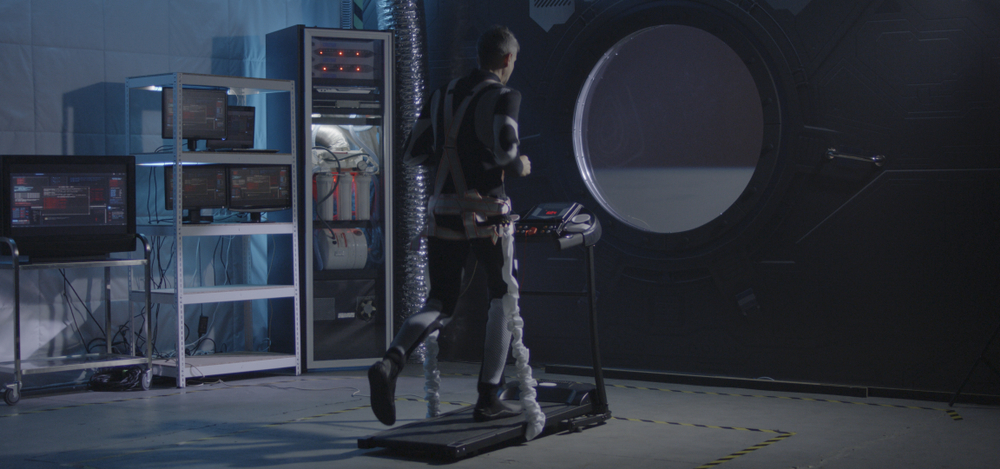
A common misconception is that astronauts, in the absence of gravity, have no need for exercise. In fact, daily exercise is a vital part of their routine. Astronauts must work out for about two hours a day to counteract the effects of muscle and bone loss caused by microgravity. This physical activity helps maintain their health and prepares them for their eventual return to Earth’s gravity.
This article originally appeared in MyCarMakesNoise.
More from MyCarMakesNoise
10 Best Aircraft to Train In for Your Private Pilot’s License
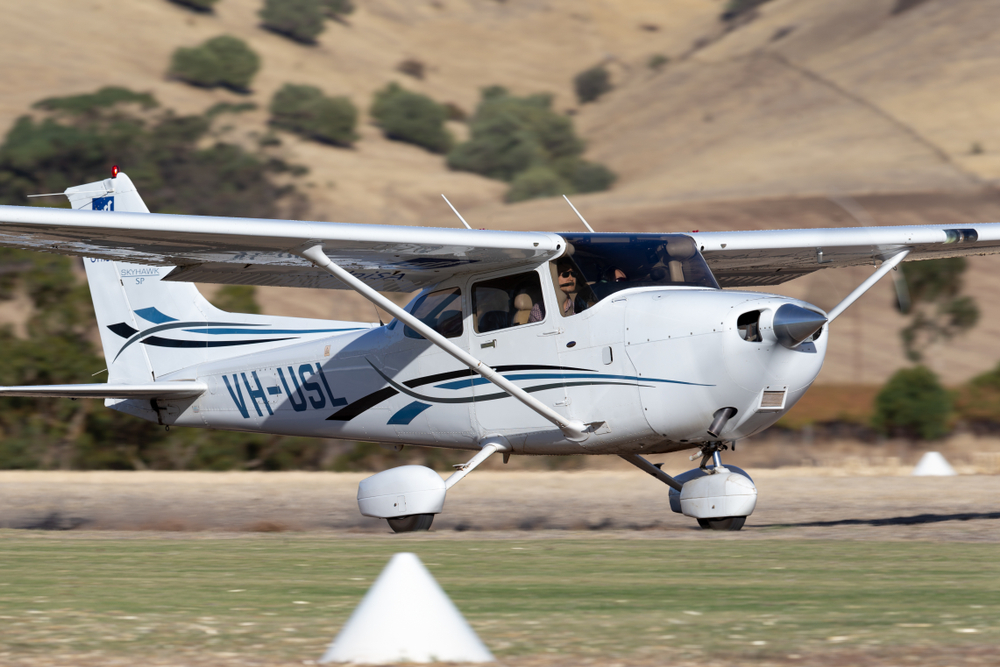
Embarking on the journey to obtain your Private Pilot’s License is an exciting and transformative experience. The choice of aircraft plays a pivotal role in shaping your training and skills. Read More.
15 Must-Visit Route 66 Landmarks

Exploring Route 66 is like taking a journey through American history, filled with iconic landmarks that capture the spirit of the open road. Read More.
20 Reliable Vehicles Designed to Go Over 250,000 Miles

When it comes to choosing a car, reliability and longevity are key. Some vehicles are built to last, running smoothly for over 250,000 miles with proper maintenance. Read More.














